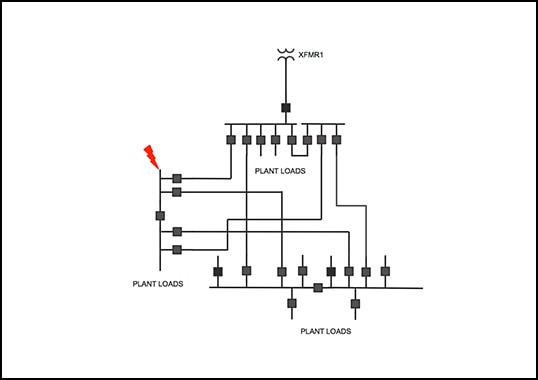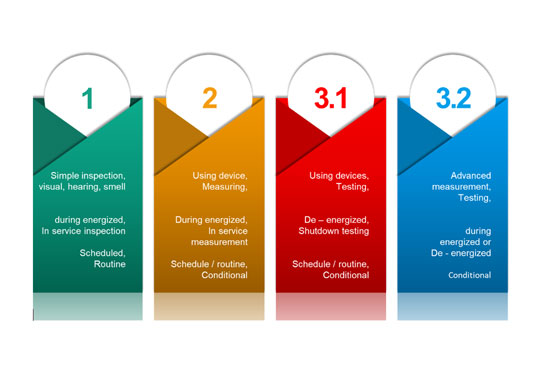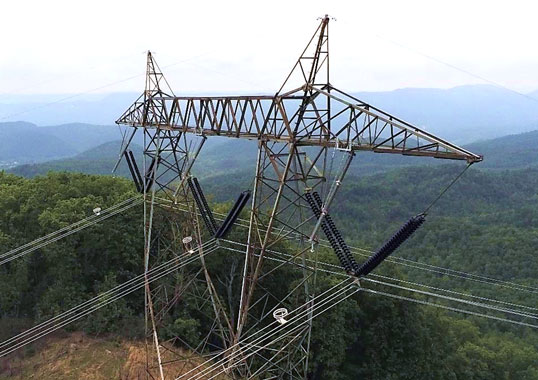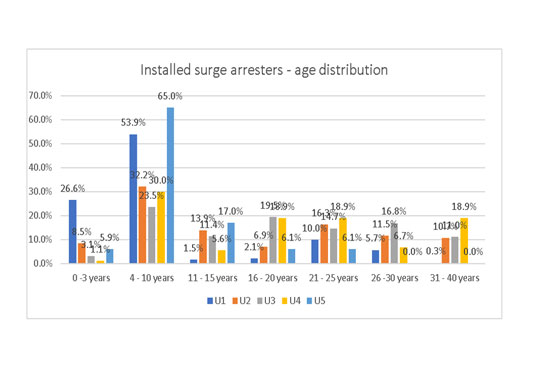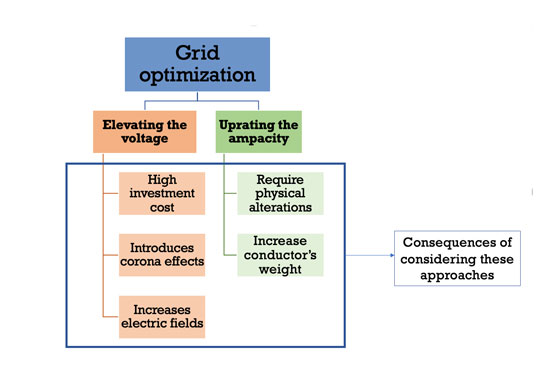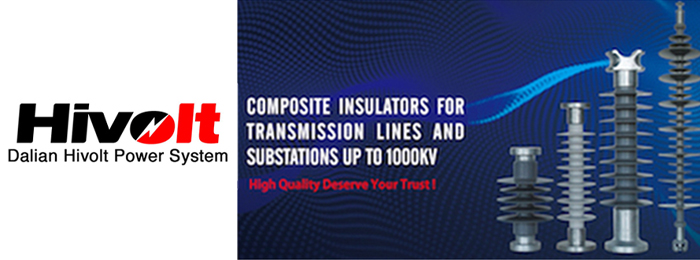Surge Arrester Considerations in Microgrids by Jesse Hoffman
Addition of distributed generation sources, as well as implementation of islanding microgrid capability, introduce new insulation coordination challenges within existing power systems. If not properly designed, each new generator can present a new source of temporary overvoltages (TOV) during line-to-ground faults that stress distribution surge arresters, component insulation and, if present, single-phase loads. Proper application of system components and consideration of existing system grounding can reduce the impact of any new distribution source on existing components. Most existing distribution systems were originally intended to supply loads from solidly or effectively grounded sources and follow typical utility distribution system design guidelines. Therefore, surge arresters encountered within these systems are designed for TOV levels traditionally limited to 125% of phase voltage. Many utility systems maintain this design requirement and generation interconnections are designed to limit TOV to less than 125% of nominal. However, microgrid applications can pose a challenge to the system developer in that utility requirements often end at the utility interface point and do not extend into the customer owned distribution system. When considering interconnection of an additional generation source to privately owned medium voltage distribution systems, there are several options to address the new TOV levels. This presentation reviews common strategies to address TOV levels in microgrid applications.

